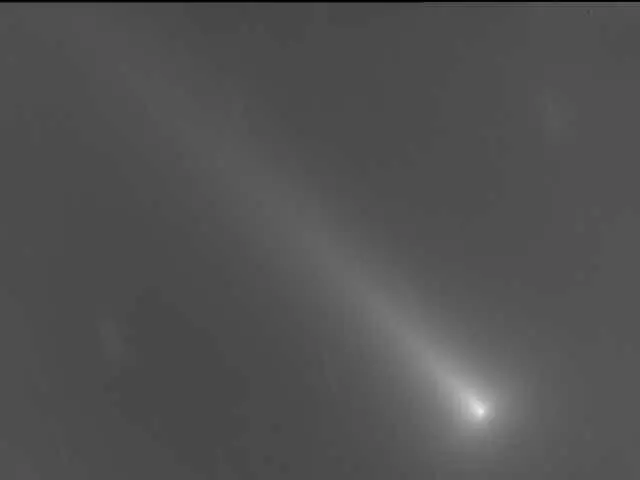
Brightest comet of the year to fly past Earth on December 12
text_fieldsAfter an arduous journey spanning roughly 35,000 years across space, Leonard's Comet is expected to make a close fly-by of our Earth, at a predicted brightness of magnitude 5.5 making it visible to the naked eye. The comet will pass by the Earth on December 12, and will be visible in the sky just before sunrise.
The opportunity to view the comet is a once-in-a-lifetime one for astronomers and astronomy enthusiasts as the trajectory of the comet means it will be flung out of the solar system after it flies past. While Leonard's Comet will be visible to the naked eye it will be visible only through a telescope or with a pair of binoculars.
The comet is named after astronomer Gregory J. Leonard who spotted it near Jupiter during an observation period at the Mount Lemmon Observatory in the Santa Catalina Mountains, northeast of Tucson, Arizona. It is also known as C/2021 A1. NASA has announced that after the close fly by on December 12, stargazers can also spot it from December 14-17.
Comets are icy bodies of rock which are leftovers of the formation of the solar system. As they travel through space and approach the sun, the rock and ice begins to disintegrate forming the characteristic "tail" of gas and dust which leaves a bright streak of reflected light across the sky. Leonard is particularly bright as it is approaching it's 'perihelion' which is the closest point of its path to the sun, making it even brighter.
On December 12, Leonard will be 34 million kilometres away from us. At its perihelion on January 3, it will be at a distance of about 90 million kilometres from the Sun.
























